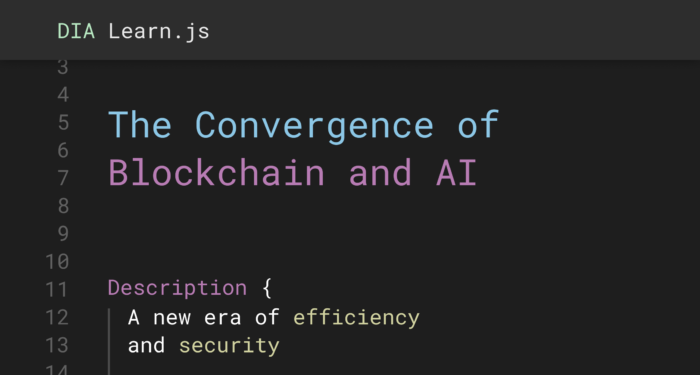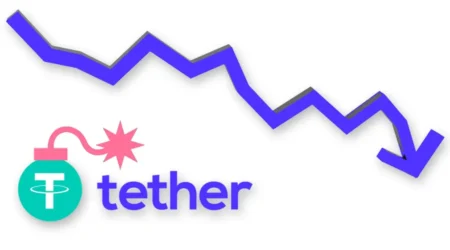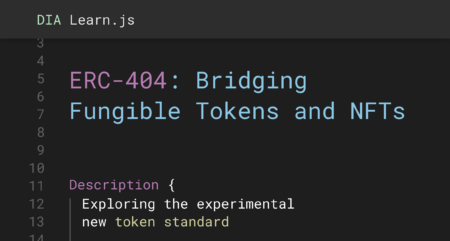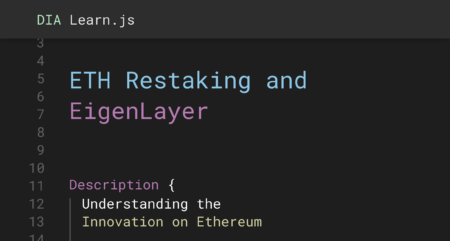The Convergence of Blockchain and AI
Explore how blockchain and AI redefine our digital future, driving innovation, efficiency, and security. Dive into their synergy for solving tech challenges.

Blockchain Meets AI: A Partnership of Strengths
Enhancing Security and Trust
Blockchain’s Immutable Ledger: At its core, blockchain provides a decentralized, transparent, and tamper-proof database, making it an ideal platform for securely storing and sharing data. This inherent security can significantly augment AI systems, which thrive on vast datasets but are often hindered by data privacy and security concerns.
AI’s Predictive Capabilities: AI, with its ability to analyze patterns and predict outcomes, can enhance blockchain security by identifying potential threats and anomalies in real-time. This synergy not only fortifies blockchain’s security mechanisms but also ensures AI operates within a secure and reliable data environment.
Optimizing Efficiency and Automation
Smart Contract Automation: Integrating AI with blockchain-based smart contracts can automate complex decision-making processes. AI algorithms can execute contracts based on criteria being met without human intervention, streamlining operations across various sectors like finance, healthcare, and supply chain management.
Process Optimization: AI can analyze blockchain’s vast datasets to identify inefficiencies and optimize processes. This combination promises unparalleled efficiency, from reducing transaction times to enhancing the accuracy of data analysis.
Democratizing Data Access and Monetization
Decentralized Data Marketplaces: Blockchain enables the creation of decentralized data marketplaces, empowering individuals to own and monetize their data. AI benefits by accessing diverse datasets, improving algorithmic accuracy and innovation.
Data Privacy and Control: The amalgamation of blockchain and AI ensures data privacy, allowing users to control who accesses their information. This is pivotal in sectors like healthcare and finance, where data sensitivity is paramount.
Real-World Applications and Innovations
Several companies are already harnessing the combined power of blockchain and AI to offer innovative solutions:
- Cyware Labs integrates these technologies in cybersecurity solutions, enhancing mobile threat intelligence and incident reporting.
- Dobby utilizes AI and blockchain to connect homeowners with local maintenance services efficiently.
- Figure streamlines the home loan process with blockchain and AI, offering a more transparent and faster experience.
- Gainfy employs blockchain and AI in healthcare for secure record management and diagnostic insights.
- Hannah Systems brings AI and blockchain to autonomous vehicles, enhancing data exchange and road safety predictions.
Challenges and Considerations
While the integration of blockchain and AI is promising, it’s not without its challenges. Technical complexity, high energy consumption, regulatory hurdles, and the need for data standardization are significant barriers. Overcoming these will require collaborative efforts from developers, regulators, and industries.
The intersection of blockchain and AI is more than a technological advancement; it’s a foundation for a more secure, efficient, and equitable digital future. As these technologies continue to evolve and integrate into dApps, the potential for innovation is limitless. The journey is just beginning, and the implications for industries and society as a whole are profoundly exciting
FAQs on AI and Blockchain
Blockchain offers a secure, transparent platform for AI to operate, ensuring data integrity and enhancing AI’s decision-making capabilities.
AI can optimize blockchain’s efficiency through advanced analytics, automate smart contracts, and enhance security by detecting anomalies.
Yes, there are several, including Cyware Labs for cybersecurity, Dobby for home services, and Figure for financial services, demonstrating the practical value of integrating blockchain and AI.
Challenges include technical complexity, high energy consumption, regulatory and ethical considerations, and the need for standardized, high-quality data.







